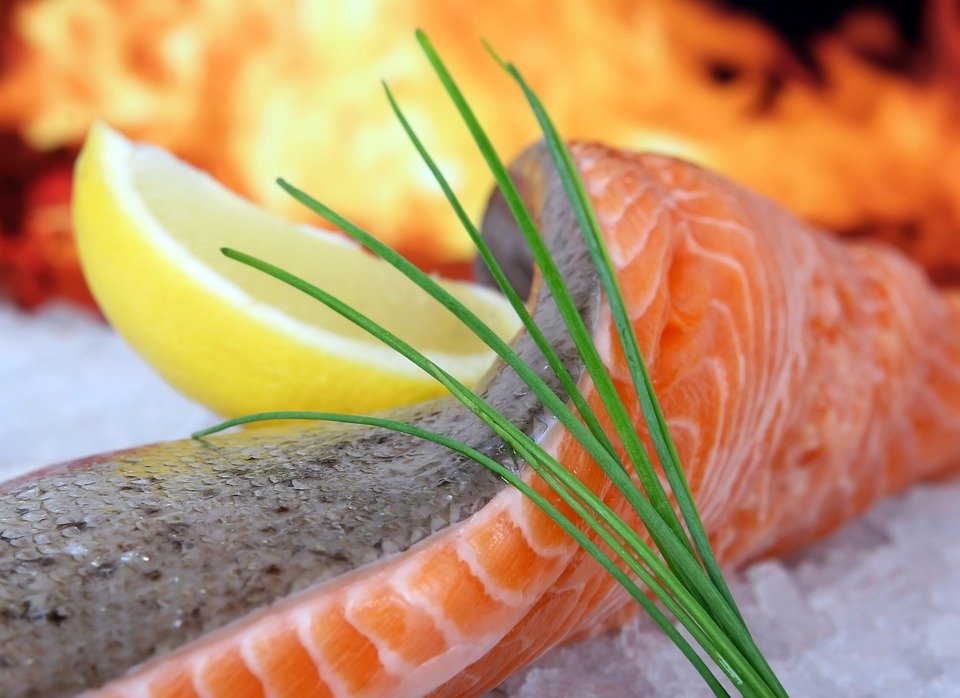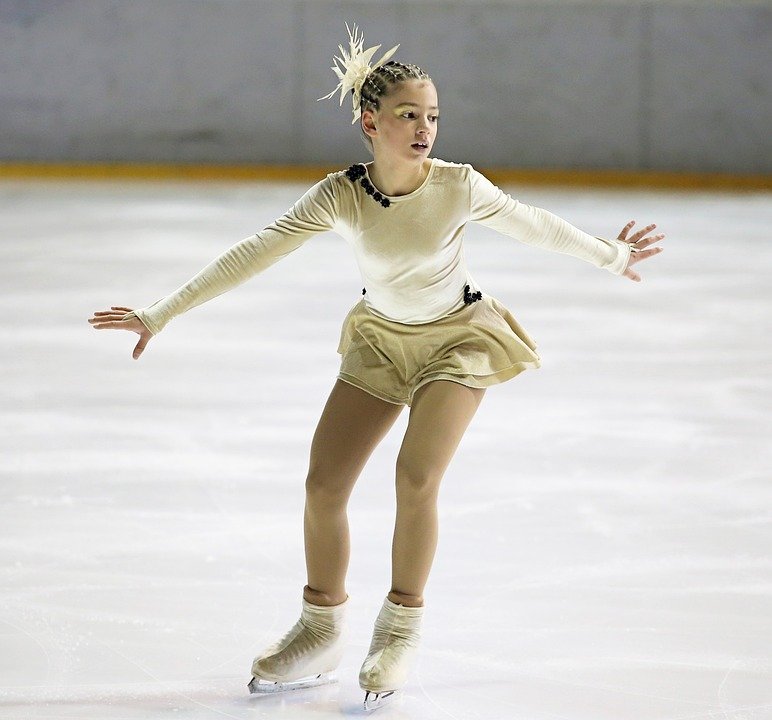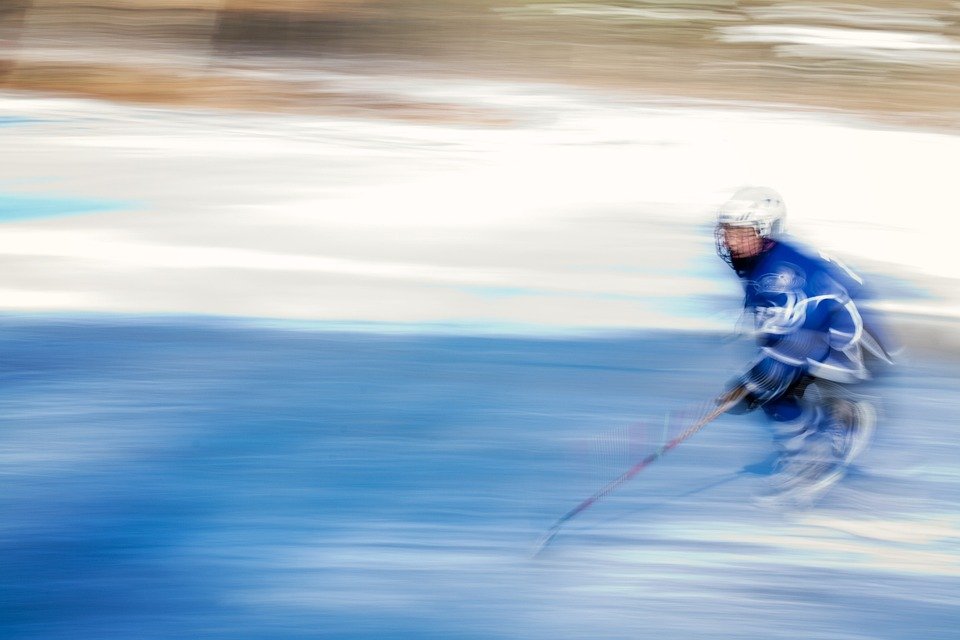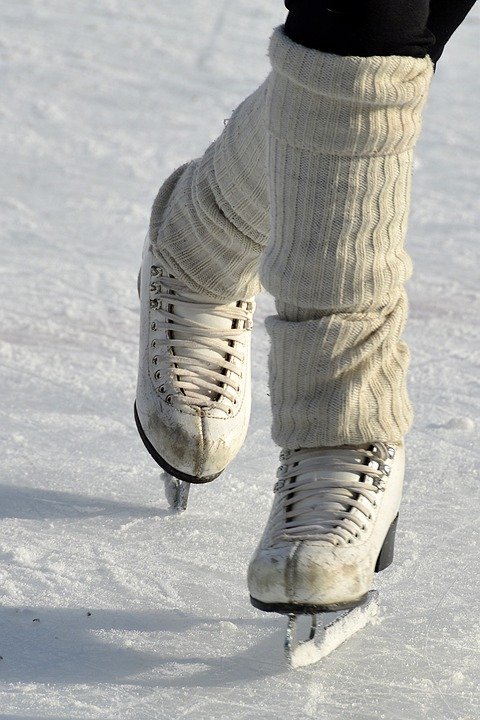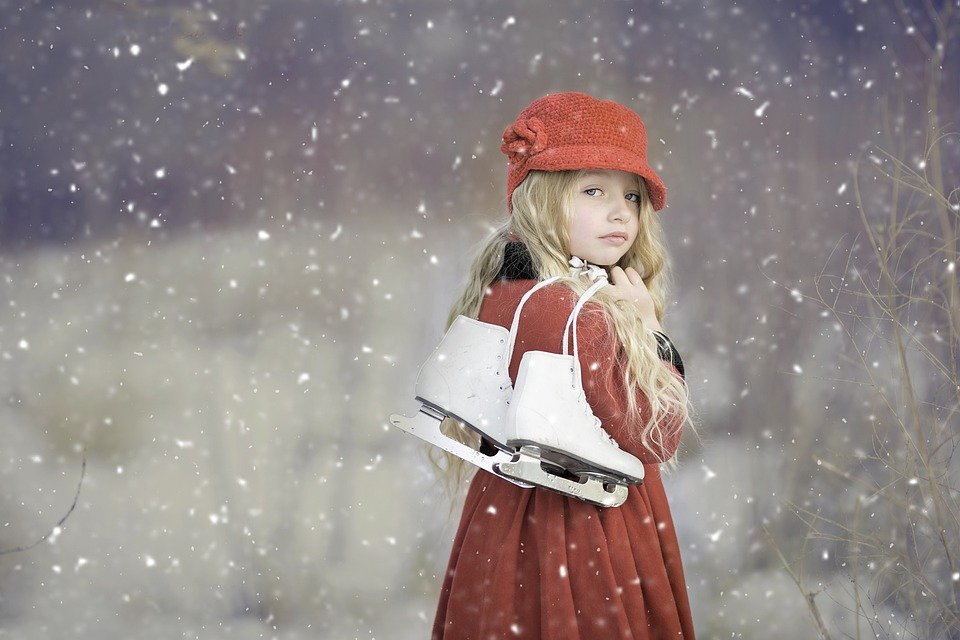skiing

“Ice skating” as the term refers is skating on ice, whether indoors or outdoors. Specially prepared surfaces such as ice skating tracks and arenas are mostly found indoors for competitions and events while outdoors, lakes, ponds, and rivers that freeze naturally in winter provide excellent surfaces for ice skating.
Snowboarding as a sport may have started when people found themselves with fewer options for outdoor activity and games during the winter season and it may have been done for many reasons such as exercise, fun sports, travel, etc.
There are no clear indications of when ice-skating arose. Some opinions state that it originated in Switzerland around 3000 BC based on dating made on a pair of sledges retrieved from the bottom of a lake. They were made of animal bones and attached to the drawings using leather straps. A study by the University of Oxford points to the oldest ice-skating activities more than 3,000 years ago in southern Finland. All previous versions of ice skates were made of flattened, contoured bones, which helped skaters glide over the ice, unlike modern skates that cut through the ice. This is because the sleds used today are made of steel blades with sharp edges that allow for easy movement; The idea of adding fringes to skates was invented by the Dutch in the 13th century.
Besides Europe, this type of skiing seems to have been practiced in China as well in the same time line, and gained popularity during the Qing Dynasty. However, the general view is that figure skating originated in ancient Europe, although it is not clear where exactly.
The introduction of ice water skiing as a sport came gradually as the sport spread to other parts of the world and more and more people started to take it up as a fun sport before it became competitive. Figure skating is the competitive part of figure skating that has become a hotly contested sport featuring singles and pairs events; Couple events involving a man and a woman are very similar to ice dancing in which the couple execute intricate steps, patterns, and spins on the ice to the accompaniment of music. The jumps in the air and the loops are the most amazing; There are currently six types of jumps that are counted as “element jumps” according to the regulations for competitive skating. These are Flip, Lutz and Toe Loop together known as “toe jumps” and Axel, Loop and Salchow forming “edge jumps”.
Jumps are determined by the number of revolutions completed and the Axel is the most difficult jump. Specific jumps are named after the famous skaters who invented the steps.
